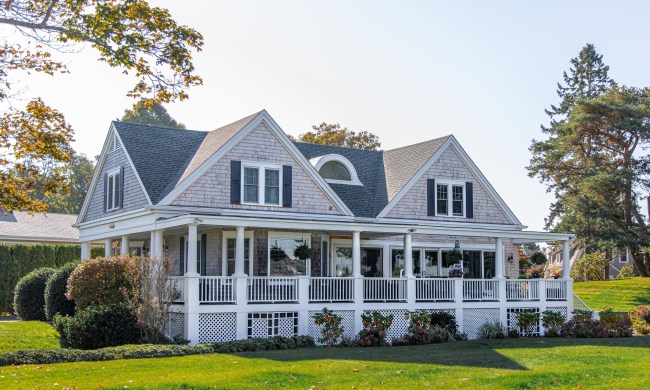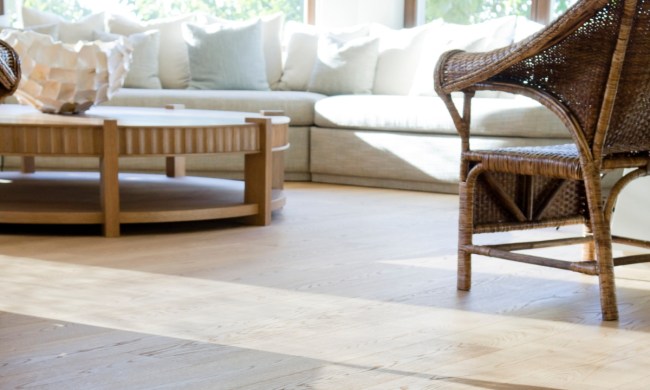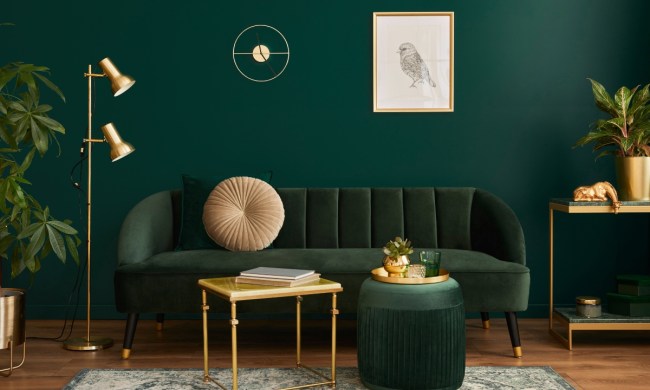Biophilic design is expected to be one of the hottest interior design trends in 2023. As people move toward more eco-friendly materials and natural aesthetics, it’s no surprise that biophilic design will take center stage.
If you want to hop on this trend and take advantage of the many benefits of biophilic design, then keep reading. We spoke to leading experts to gather some of the best techniques for incorporating this trend in the home.
Opt for greenery
One of the easiest ways to bring biophilic design to your home is to opt for more greenery. Nick Lines, director at Internal Doors, stated, “The focus will be on greener materials, like plants, because they will add more natural beauty and comfort to the house.” So, if you want to spruce up your space, try adding some potted plants or hanging vines throughout your kitchen and living space. Hanging plants in the bathroom also look stunning.
Zara O’Hare, an interior design consultant at Land of Rugs, added that homeowners can “even just incorporate elements of nature into design scheme.” So if you weren’t blessed with a green thumb, don’t worry! Opt for plant-themed art or wallpaper to incorporate a touch of greenery in your design.
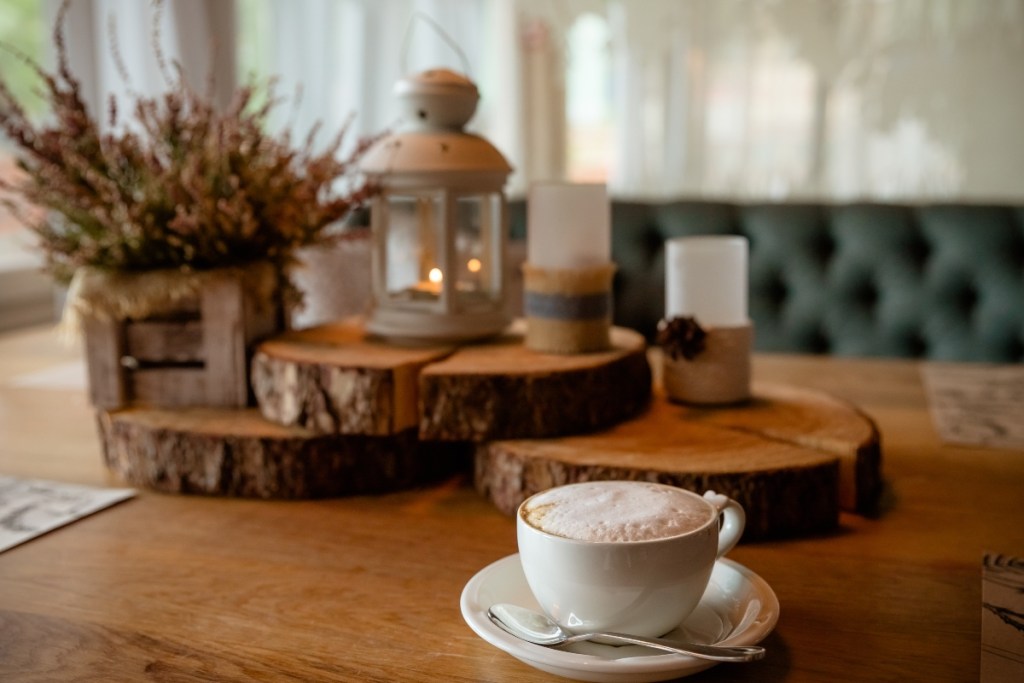
Use a range of natural materials
Gena Kirk, vice president of the KB Home Corporate Design Studio, told us that one of the most important aspects of a successful biophilic design is using a range of natural materials throughout the space. Kirk stated that homeowners should look for “grounding tactile organic materials, like leather and bamboo or rich, soothing colors with vibrant undertones.” This creates a sense of warmth within the design and creates more dimension and texture throughout.
When working on creating a biophilic design, it’s best to blend different materials like stone, a variety of warm-toned woods, wool, and other natural materials to create a cozy and tranquil effect.
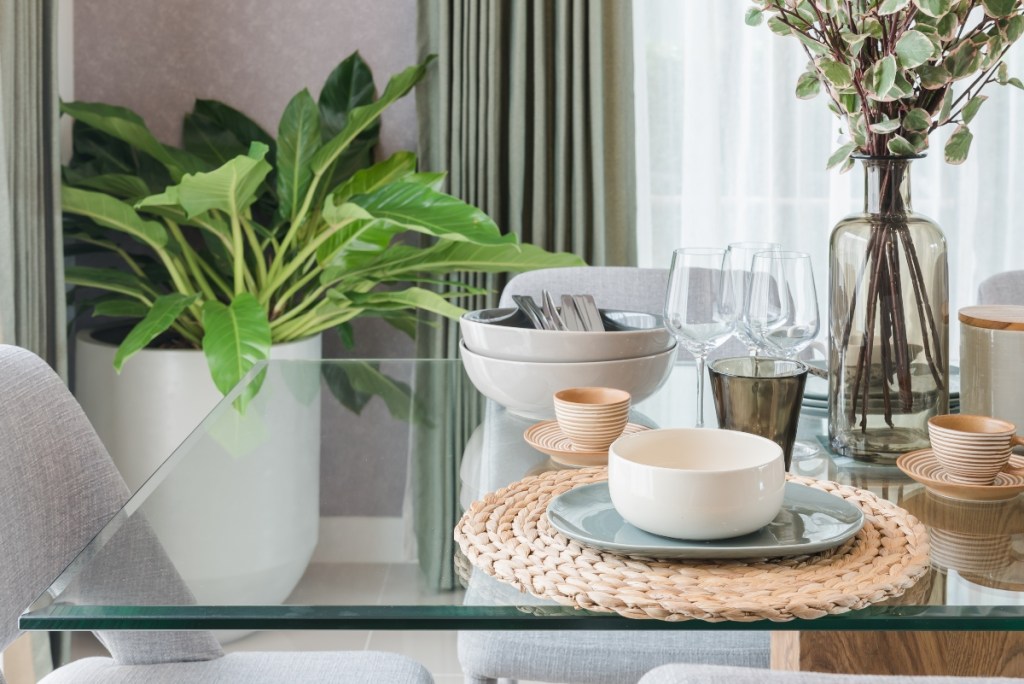
Work in moderation
As you begin adding a diverse range of natural materials to your space, it’s important to avoid going overboard. Jon Sanborn, a real estate investor for over seven years in San Diego, California, and co-founder of SD House Guys, recommended that homeowners use natural materials in moderation. He said, “Too much of any one material can make a space feel heavy and dark.”
From this advice, be sure you aren’t using too much of a single material. If you have a lot of dark woods, try evening out the look with some cooler stone pieces or a bit of lovely greenery.
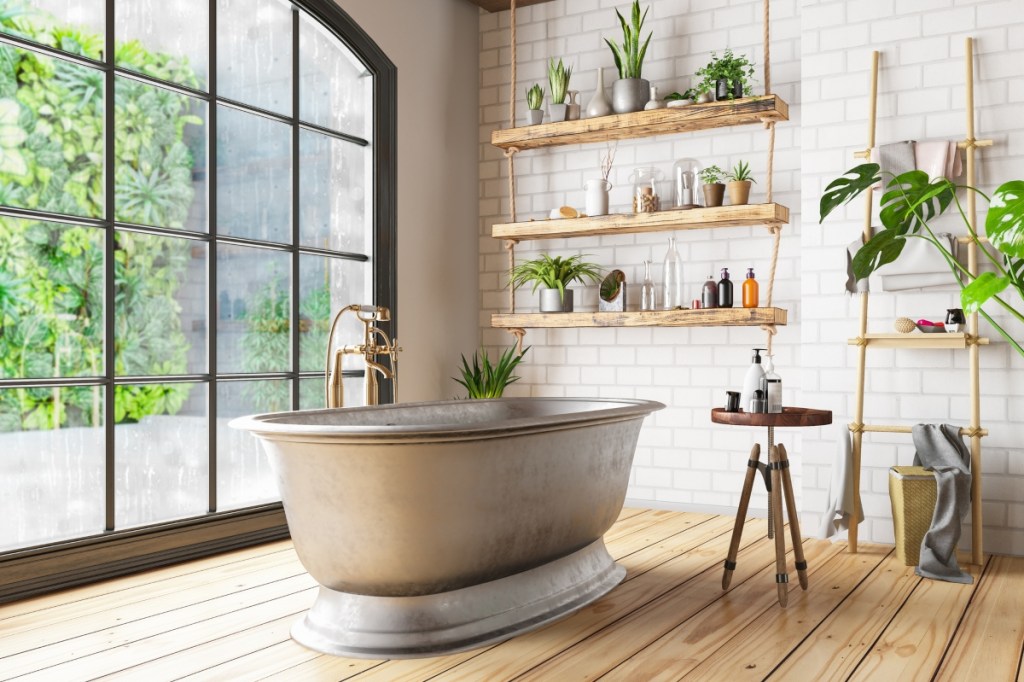
Fill the empty space
Lucy Small, the founder and owner of State and Season Home Design & Supply, also shared some fantastic tips for homeowners interested in biophilic design. Small recommended “finding any empty or white spots, any cold or bare areas of a home, and applying natural elements to that, whether a textured wall hanging or cowhide.” This is a great idea for homeowners who aren’t sure where to put their biophilic elements or who are attempting to blend this trend with their existing decor.
Biophilic design has captured the attention of many with its relaxing and comforting qualities. If you want to participate in this trend, you can’t go wrong by taking some of the expert advice and applying it to your space. Just remember to focus on color and texture and try not to go overboard with your decor!


